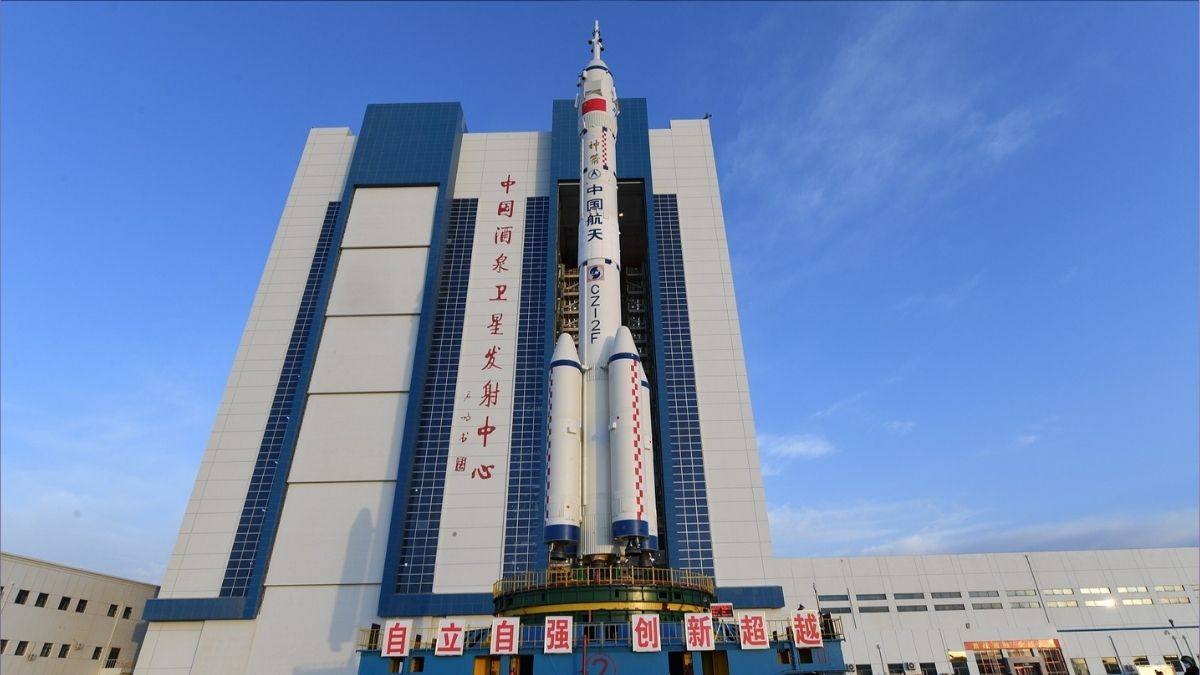China is planning to send three astronauts on the world’s longest crewed mission
The Shenzhou-13 spacecraft is set to be launched into orbit early Saturday morning from the Jiuquan Satellite Launch Center on the outskirts of the Gobi Desert in northwest China, using a Long March-2F rocket.

China is preparing to send three astronauts to dwell for six months on its space station, marking a new milestone for a programme that has accelerated fast in recent years. It will be China’s longest-ever crewed space mission, and Chinese astronauts will spend the maximum time in orbit.
The Shenzhou-13 spacecraft is set to be launched into orbit early Saturday morning from the Jiuquan Satellite Launch Center on the outskirts of the Gobi Desert in northwest China, using a Long March-2F rocket.
The first crew of the space station’s main Tianhe core module returned in mid-September after a 90-day mission.
Two space veterans make up the new crew. China’s first spacewalk was accomplished by pilot Zhai Zhigang, 55. Wang Yaping, the mission’s sole female member, conducted experiments and taught a science lesson in real time while flying aboard one of China’s first experimental space stations. For the first time, Ye Guangfu, 41, will go into space.
The mission will carry on the work of the first crew, which performed two spacewalks, installed a 10-meter (33-foot) mechanical arm, and made a video chat with Chinese President Xi Jinping. Lin Xiqiang, Deputy Director of the China Manned Space Agency, confirmed the rocket was fuelled and ready to launch.
“All systems involved in the Shenzhou-13 mission have gone through a thorough rehearsal.” “Our pre-launch preparations are in order, and the flight crew is in good shape,” Lin said during a Thursday briefing.
Up to three spacewalks are planned by the crew to install equipment in preparation for the station’s expansion, as well as evaluating living conditions in the module and performing research in space medicine and other fields, according to Lin.
The Chinese military, which oversees the space programme, has given few specifics, but has stated that numerous crews will be sent to the station over the next two years to complete the mission. Shenzhou-13 will be the fifth mission, which will include uncrewed supply deliveries. The station will weigh around 66 tonnes after two additional modules, called Mengtian and Wentian, are added, making it a fraction of the size of the International Space Station, which launched it.
The United States objected to China’s program’s secrecy and close military connections, which led to its exclusion from the International Space Station. In the early 1990s, it announced intentions to build its own space stations and completed two trial modules before moving on to the permanent station. Although communication between the American and Chinese space programmes requires congressional clearance in the United States, China is collaborating with space specialists from France, Sweden, Russia, and Italy.
Since 2003, when it became just the third country after the former Soviet Union and the United States to send astronauts into space on its own, China has flown 14 men into space.
Along with its crewed missions, China has extended its lunar and Mars exploration efforts, including the deployment of a rover on the Moon’s little-explored far side and the first return of lunar material to Earth since the 1970s.


